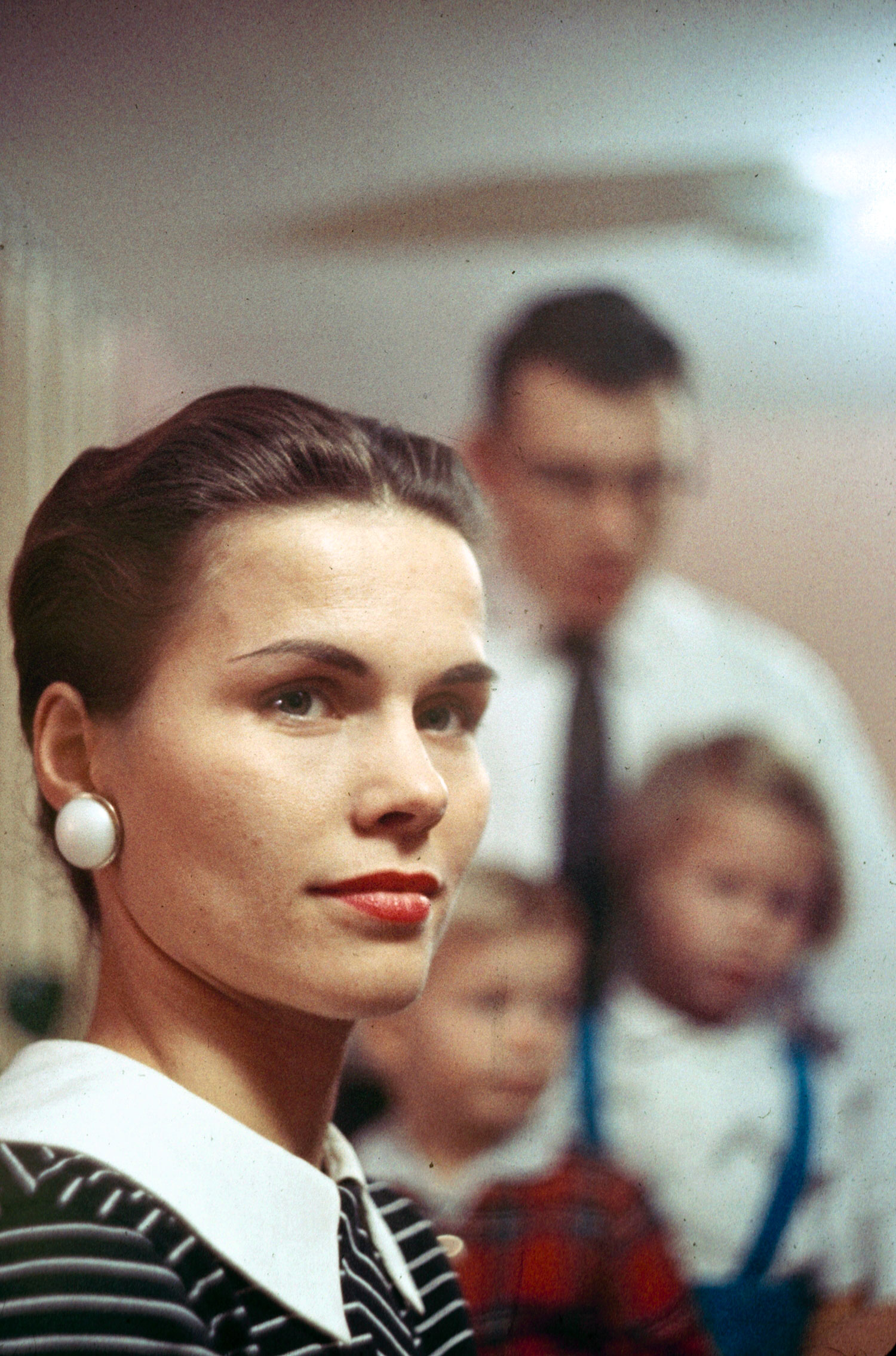
In 1956, 16% of women with children under 6 worked outside the home. Twenty-seven-year-old Jennie Magill of Hammond, Ind., was one of them. When LIFE Magazine published a special double issue on “The American Woman: Her Achievements and Her Troubles,” the editors selected Magill for its cover. Smiling lovingly at her child, who smiles adoringly back, Magill was introduced to America as the face of that rare specimen, the “Working Mother.”
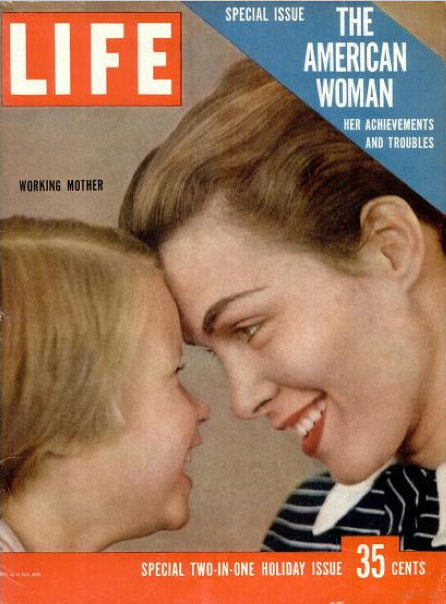
For historical context, this was seven years before the Equal Pay Act prohibited sex-based wage discrimination and The Feminine Mystique exposed the plight of the joyless housewife. It was more than a decade before the Equal Rights Amendment was proposed and half a century before many Americans began to observe Equal Pay Day, which takes place this year on April 14, representing how far into the year women would have to work to earn the equivalent of men’s wages in the previous year. People were talking less about how much women should make than they were about whether women should work at all.
For many of LIFE’s readers, Magill would have been something of an introduction to the working mom. And contrary to the prevalent stigma against mothers who worked outside the home, LIFE portrayed Magill in an overwhelmingly positive light.
Magill worked in the bridal service at a local department store, and her husband Jim as a junior executive at a steel company. Her job afforded her a social life with coworkers. It brought the family more disposable income. It provided time for her and Jim, on their drive home together, to talk without the distractions of a hectic household. And both parents’ time away from home meant that when they were with their children, they were entirely focused on enjoying time as a family.
Despite its unequivocally laudatory attitude toward the two-working-parent household, the magazine omitted one thing: the voice of Jennie Magill. As implied by the headline, “My Wife Works and I Like It,” the attitudes expressed in the photo essay, progressive and egalitarian as they were, belonged to Jim. Jennie was the pretty face, and Jim the confident voice, an editorial choice that may have reflected an effort to make the story more palatable to stalwarts of the old guard.
Perhaps the most telling aside in the essay is that Magill, who by all appearances had what we might today call “it all,” could not do what she did alone. Not only was she “blessed with a loyal, experienced housekeeper,” but Jim “enthusiastically approves of the idea” of her working outside the home. And while both partners worked outside the home, they also both worked inside of it. “We all live here,” said Jim, “so why shouldn’t we all help out?”
Liz Ronk, who edited this gallery, is the Photo Editor for LIFE.com. Follow her on Twitter at @LizabethRonk.

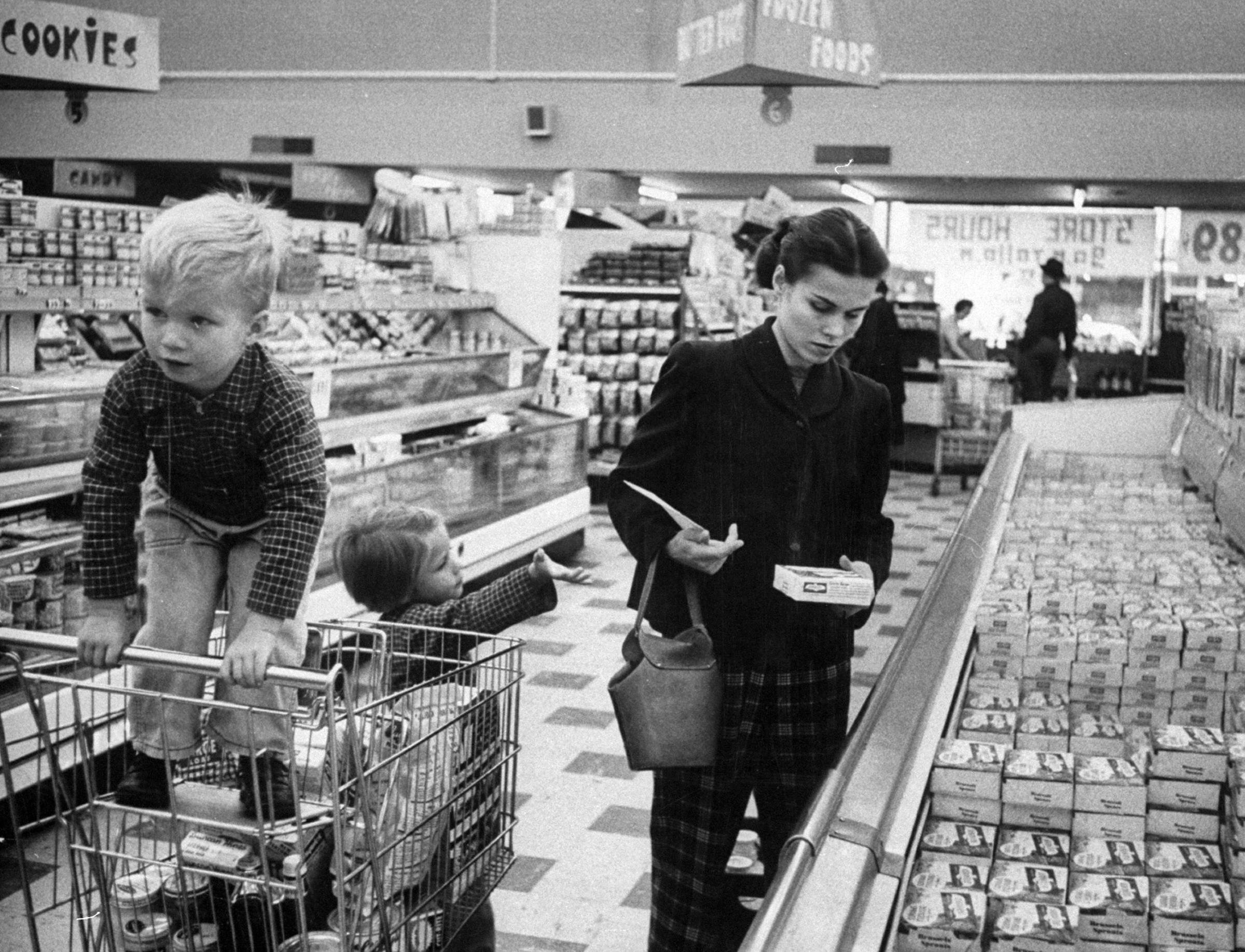
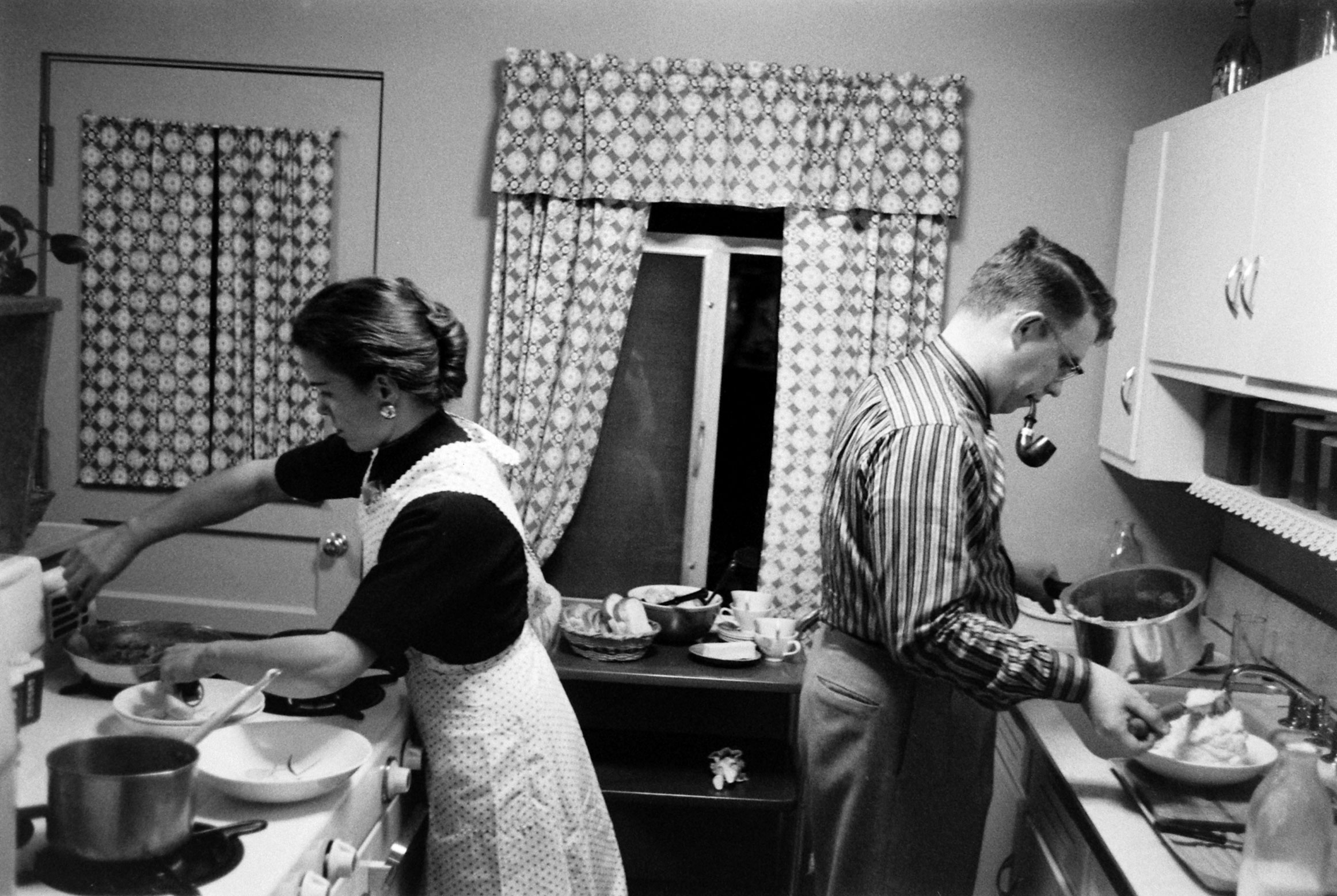
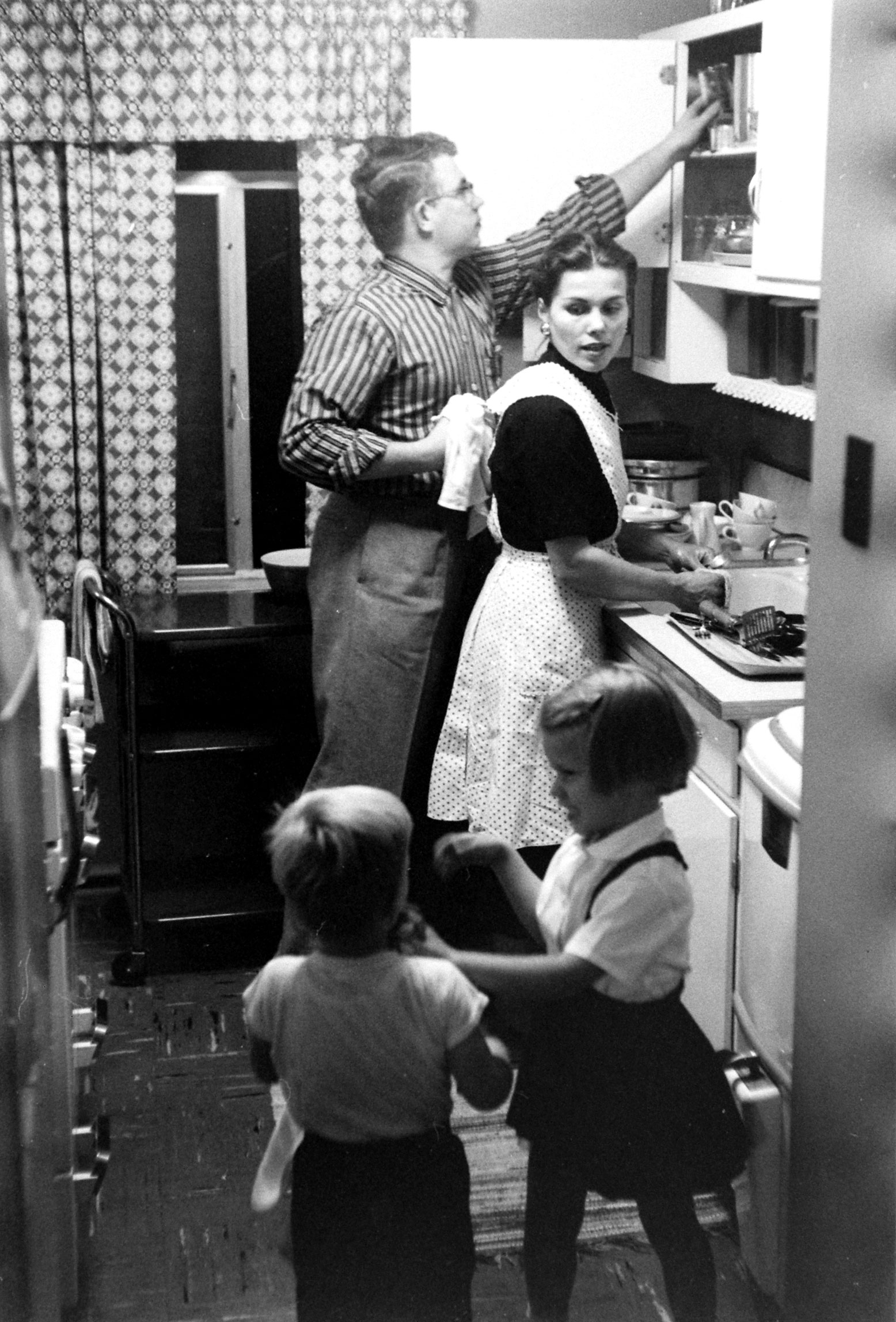

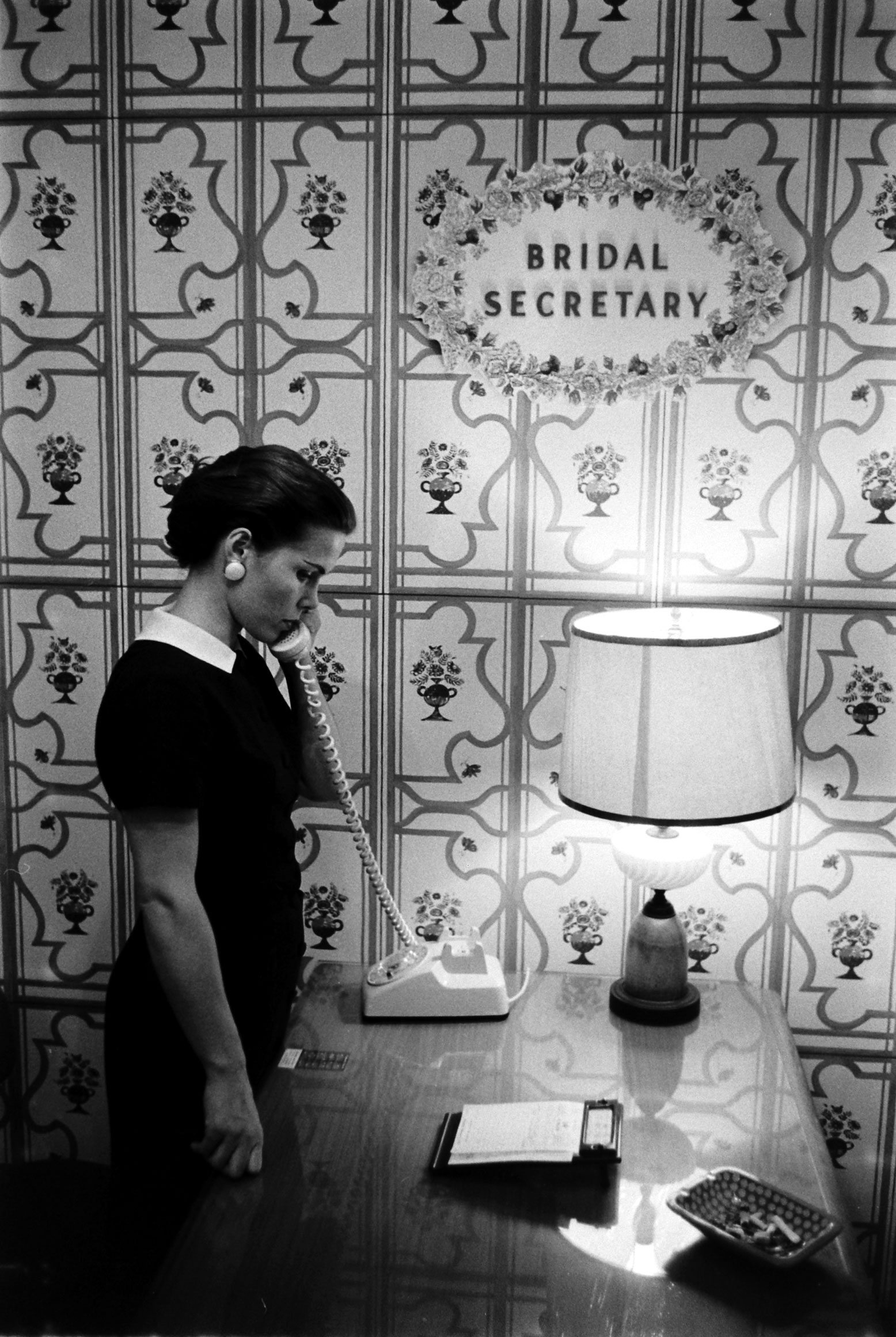

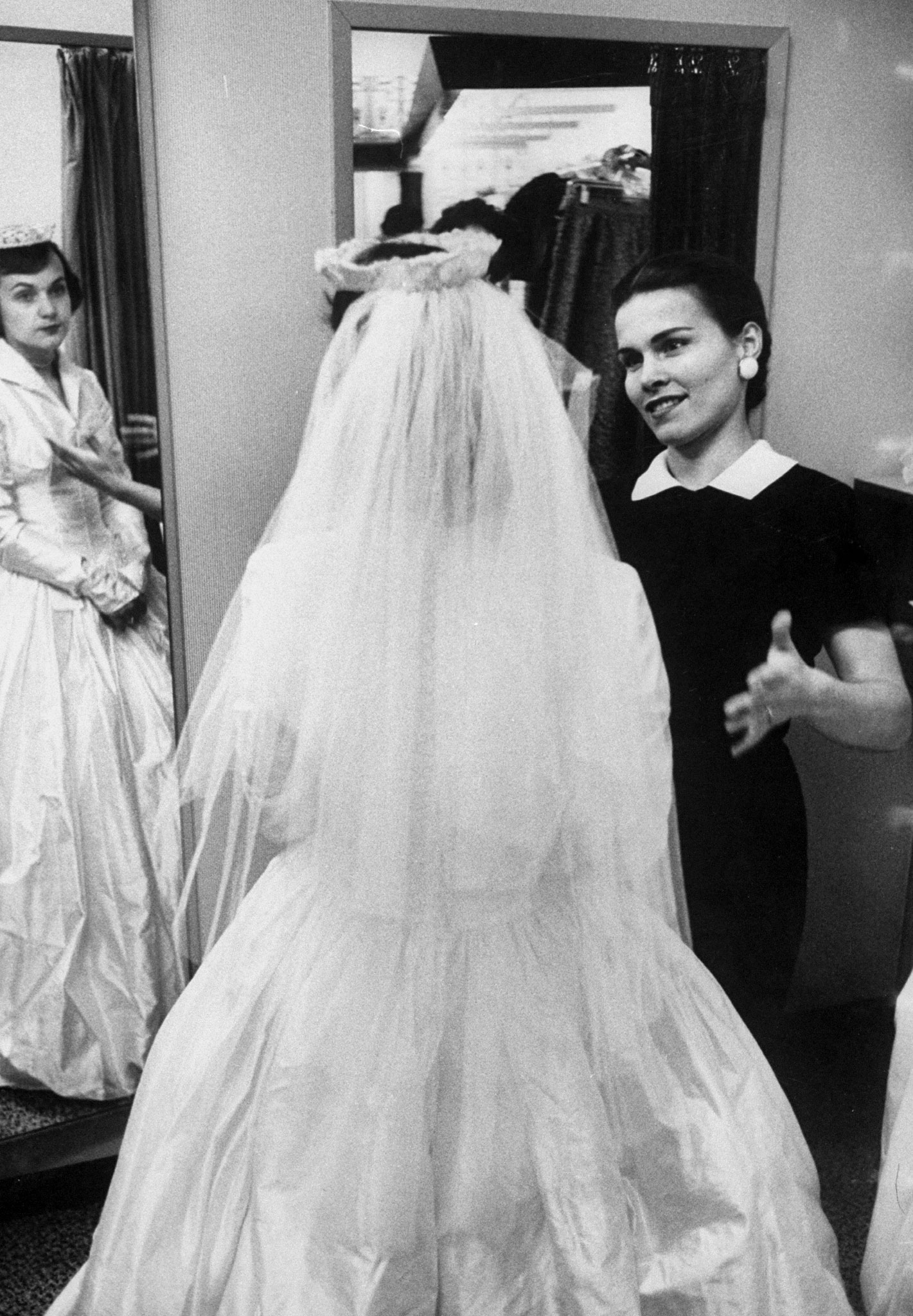
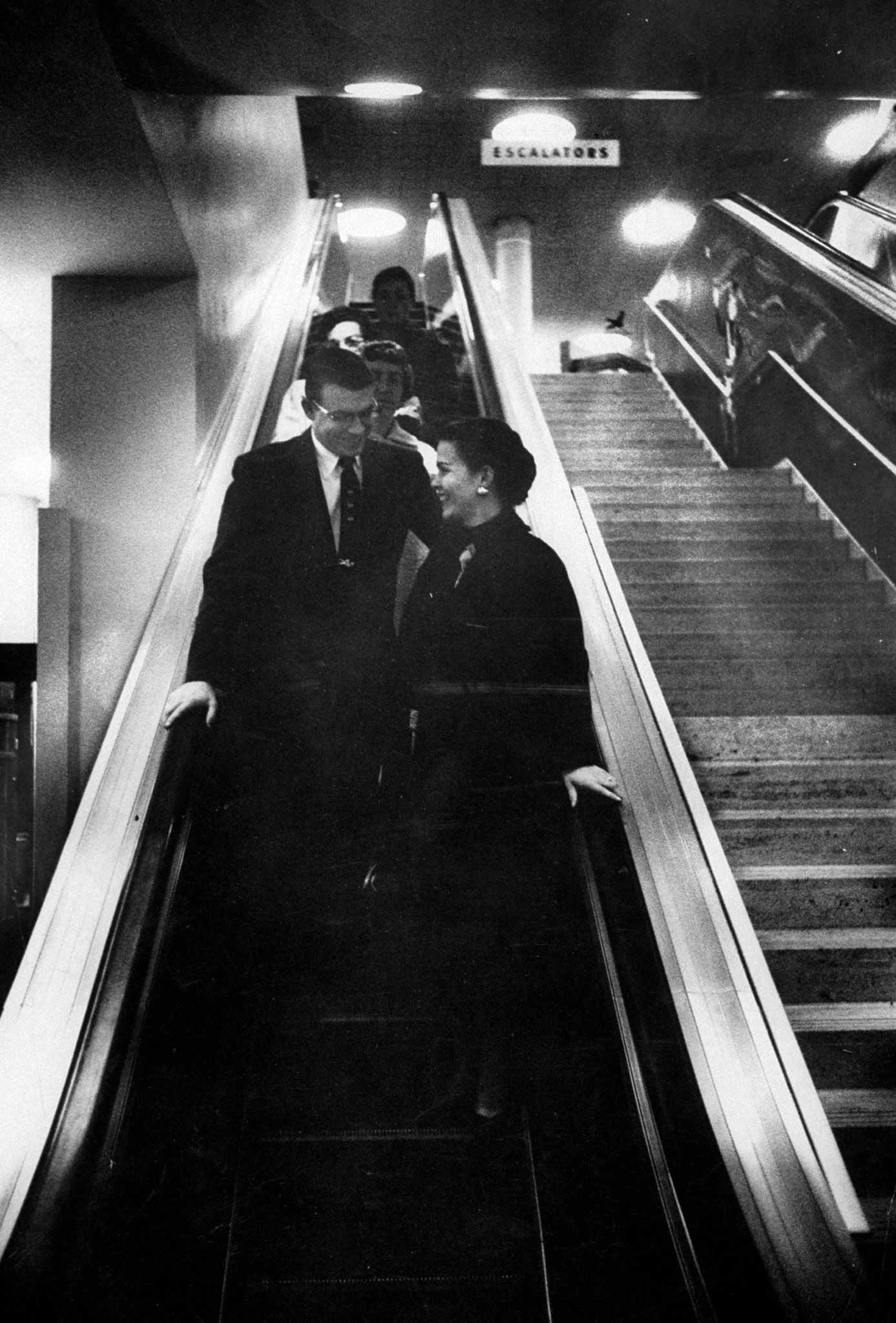

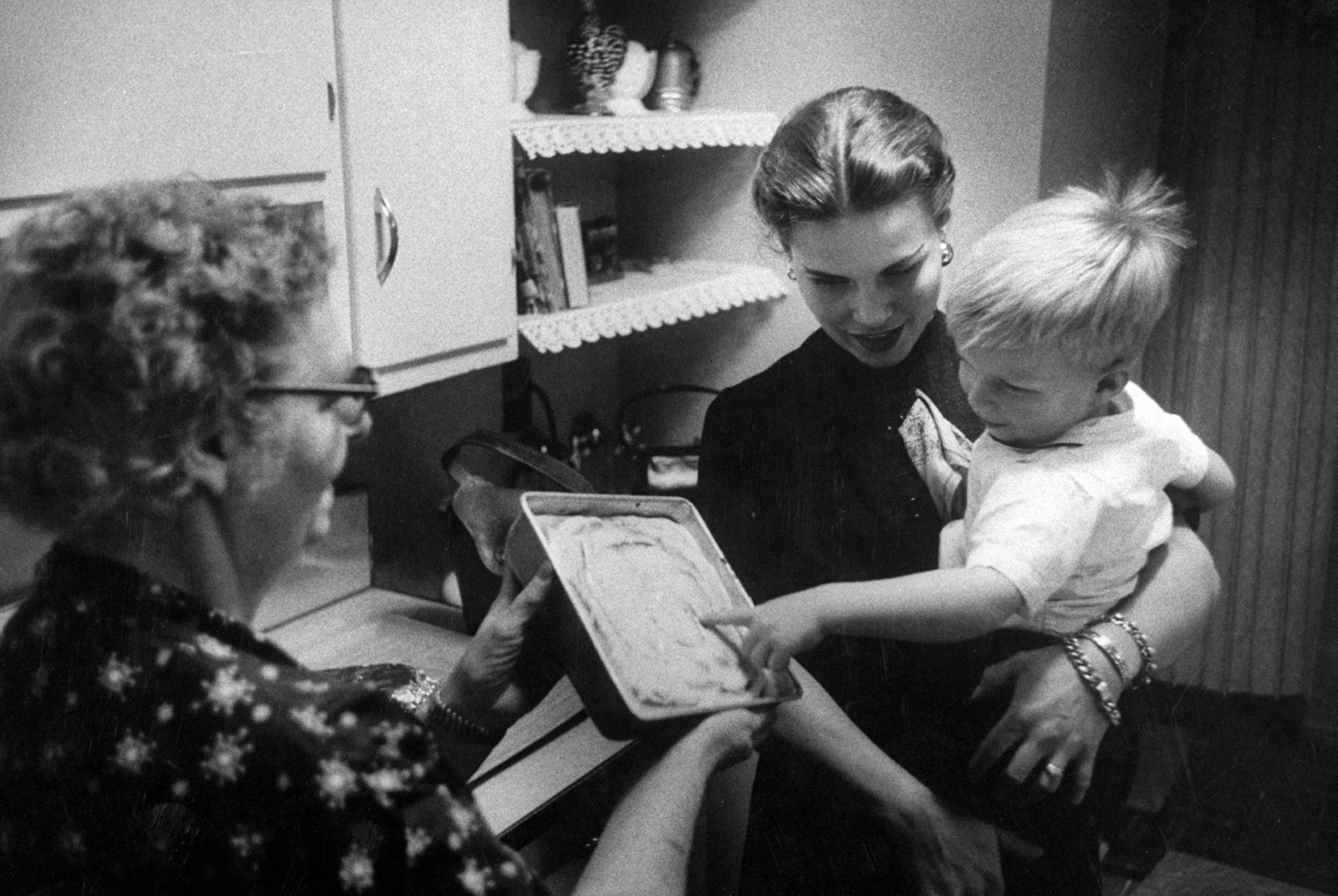
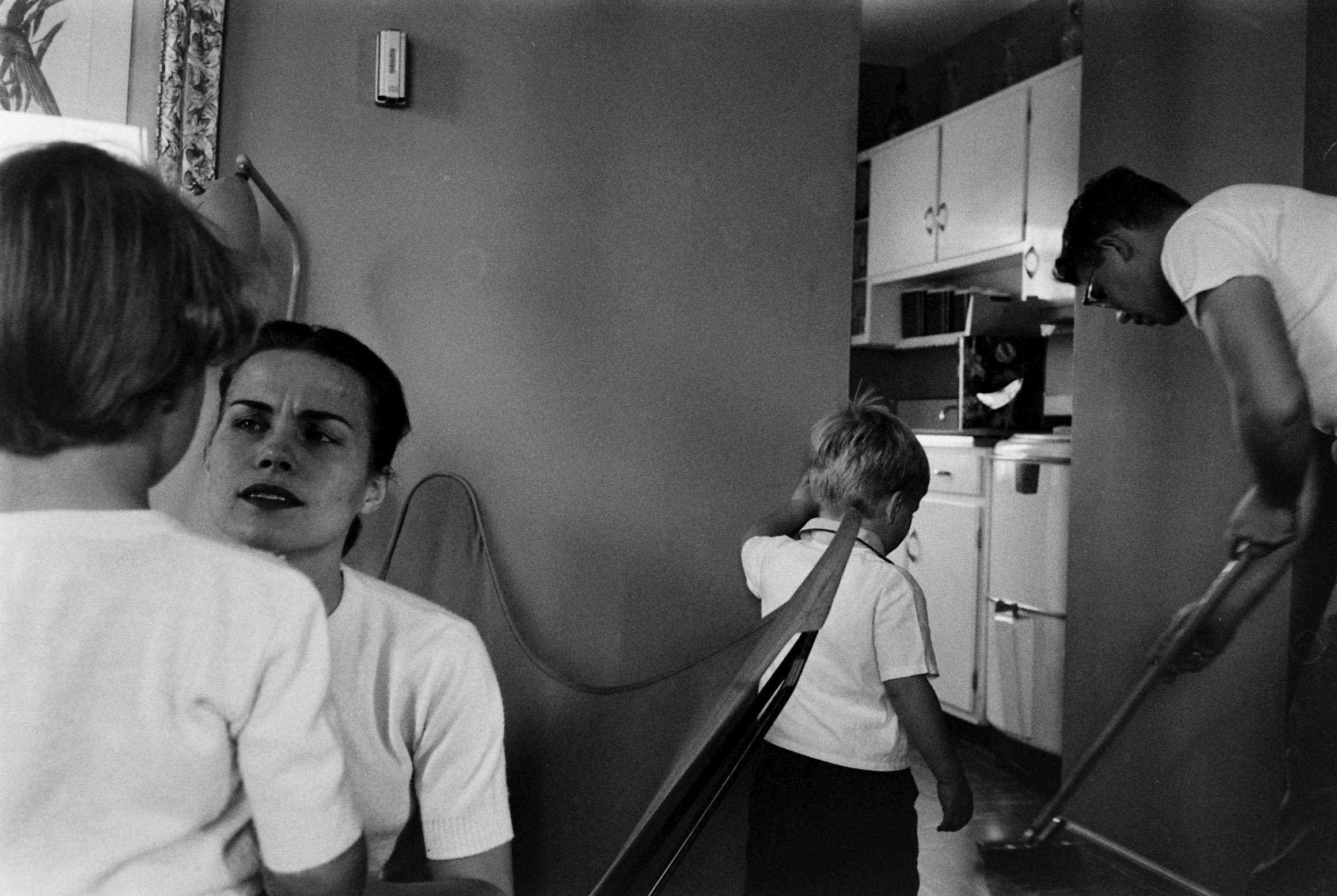
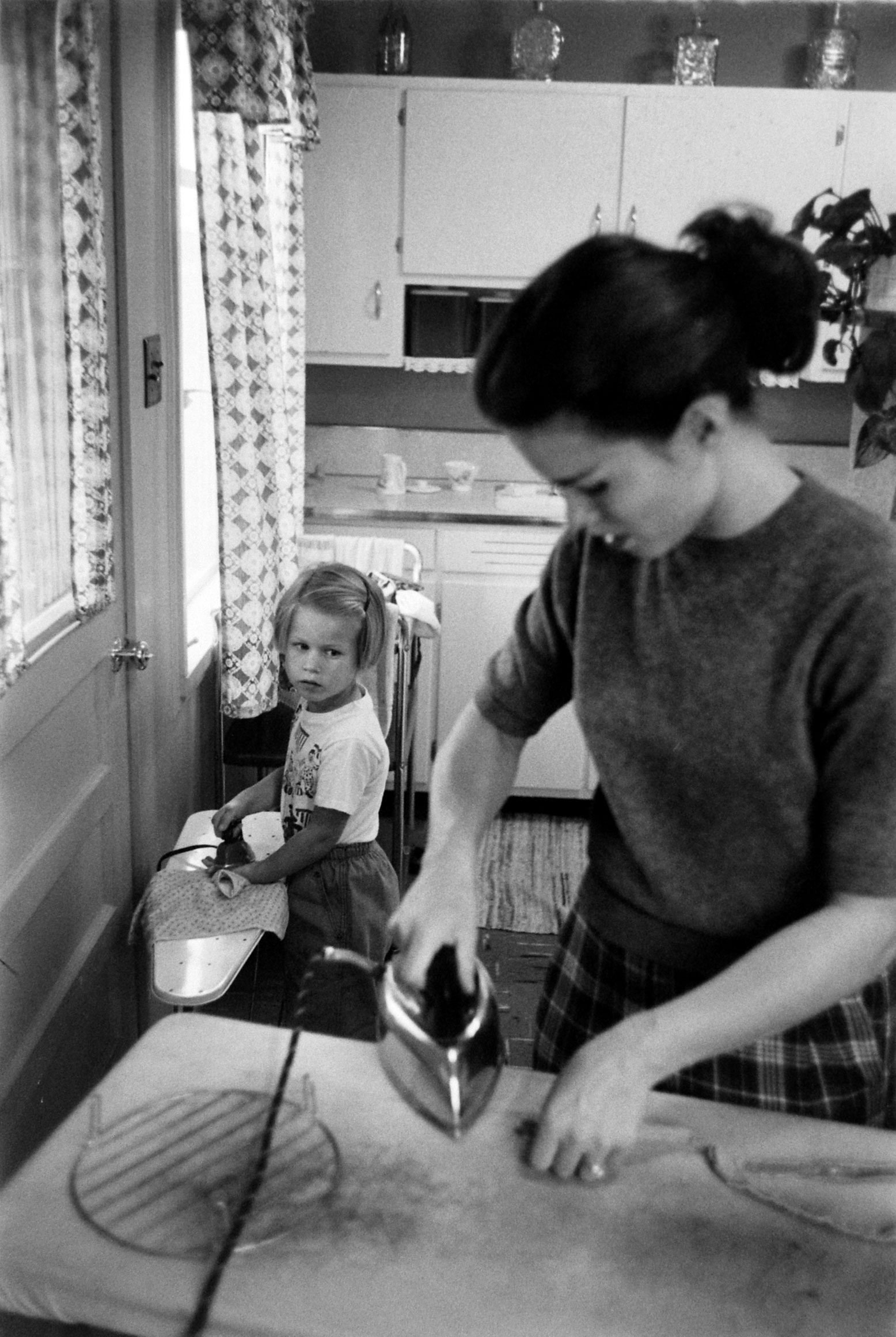





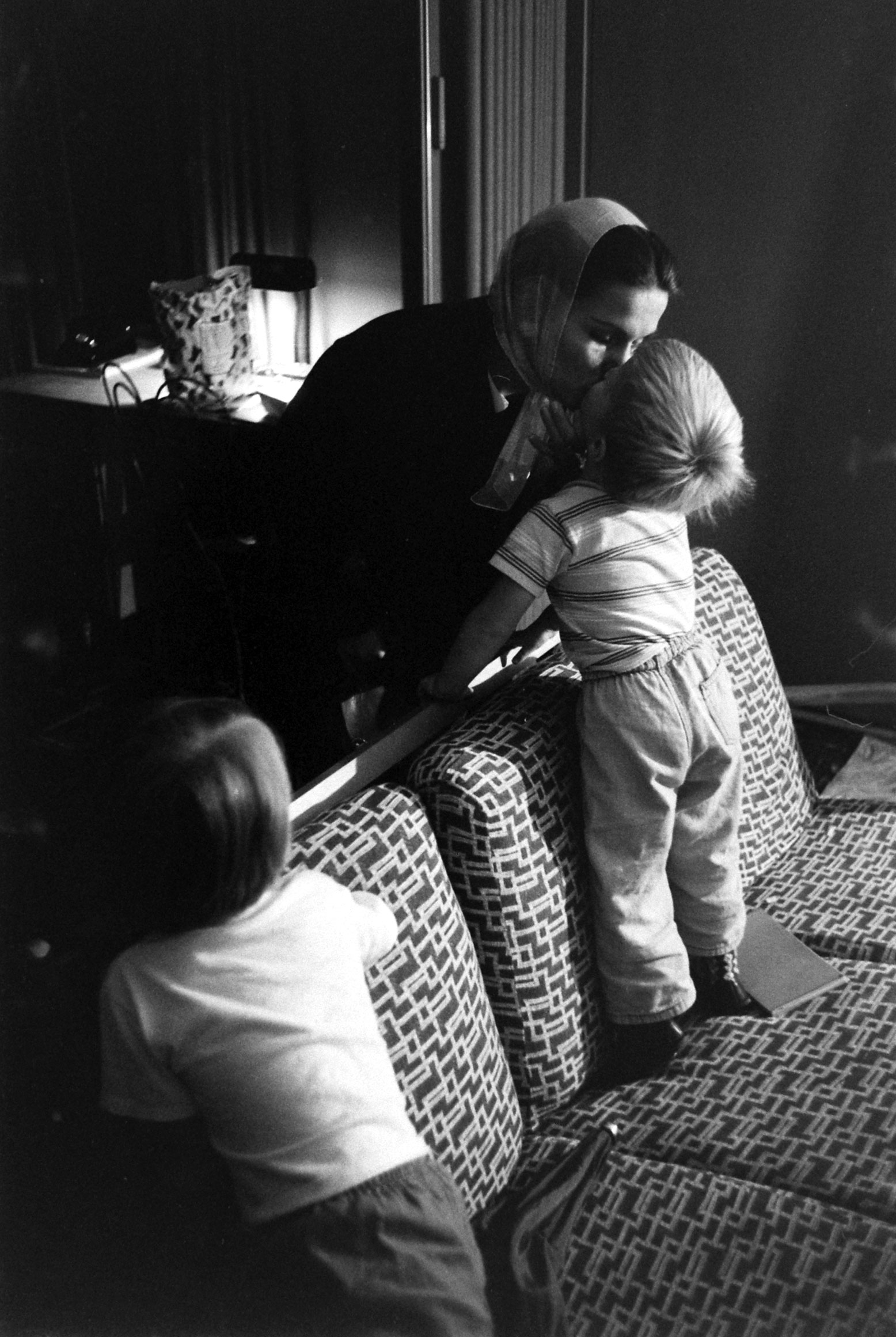
More Must-Reads from TIME
- Cybersecurity Experts Are Sounding the Alarm on DOGE
- Meet the 2025 Women of the Year
- The Harsh Truth About Disability Inclusion
- Why Do More Young Adults Have Cancer?
- Colman Domingo Leads With Radical Love
- How to Get Better at Doing Things Alone
- Michelle Zauner Stares Down the Darkness
Write to Eliza Berman at eliza.berman@time.com